Chelsea Stardust sits down with us to talk filmmaking, women in horror, artistic influences, and her highly anticipated new film “Satanic Panic”.
Chelsea Stardust is no stranger to the horror industry. I mean, she was Jason Blum’s executive assistant for five years. Now she’s got two successful horror films of her own under her belt. Her first feature length film, Into the Dark: All That We Destroy, is currently playing on Hulu. And her second film, the Grady Hendrix/Ted Geoghegan penned Satanic Panic just debuted at Cinepocalypse 2019.
I was lucky enough to speak to Chelsea, and we discussed Satanic Panic, women in horror, racing sled dogs, what she has coming up next, and of course, horror movies.
INTERVIEW WITH CHELSEA STARDUST
Morbidly Beautiful: What was your reaction when you learned that you were chosen to direct Satanic Panic?
Chelsea Stardust: Oh, I was so excited. I wanted that project. I’ve been a big fan of Grady Hendrix’s work for a long time. I love Paperbacks From Hell, My Best Friend’s Exorcism, Horrorstor, and I had a friend slip me the script. She’s like, “Hey, I know you love Grady, you should check out this script he wrote.” I read it, and I said, “This is absolutely insane. I can’t wait to see it made. What a treat to read this.” I had not read anything like it before. Like, this is wild.
Then cut to five or six months later, my rep sends me this email, and said, “We were just asked if you would be interested in directing this project. Sent to you for your consideration.” And I said, “I have actually read this. I love it. What do I have to do to get it?” Because I knew it was being sent to multiple people. They want a female director, so I knew it was sent to other women for their consideration.
MB: That’s awesome!
CS: Yeah, so I ended up sending this huge email to the producers at Fangoria, Dallas and Amanda, and that was the other thing. When I first read the script, all I knew was that Grady wrote it, and the story was by Grady and Ted Geoghegan. And then when I found out that Fangoria and Cinestate were attached to it. I was like, I definitely need to be a part of this.
And sure enough, I did this big, long email that had… I pulled stills from movies, I listed references, I said what I wanted the music to be. I gave songs and scores, and all this stuff. And just really told them, “This is what I want for this movie. This is my vision.” Drag Me to Hell, Evil Dead and Jennifer’s Body and Rosemary’s Baby would be influences, and Race With the Devil. And I just sent them this giant email with a zip file full of stills I pulled for visual references.
I also know that they did their homework. They talked to Blumhouse to get my first movie. They obviously gave them a rave review and let them see my first movie, because it wasn’t finished yet. And then while I was doing all of this, I was on vacation with my family in the Midwest, so I wasn’t even in LA. And I was like ok, hoping for the best. Two weeks went by, and I didn’t hear anything. Finally, my agent reached out, and she’s like, “You’ve got the job.” So, that was awesome. And then we immediately started prepping. It was so quick.
MB: Wow. Everything you just said has made me even more excited for this movie. Grady is a national treasure. Everything you said, all of your influences… I cannot wait. That’s amazing. What was your favorite part of shooting?
CS: Working with Hayley Griffith and Ruby Modine. They are two young women who basically carry the movie. And of course, my cast is amazing. I have Rebecca Romijn and Jerry O’Connell. And we have horror royalty like Jordan Ladd and Jeff Daniel Phillips, as well as AJ Bowen. We have Mike Winfield, who’s this incredible comedian that I absolutely love. And Hannah Stocking, Clarke Wolfe, and Whitney Moore. It’s an embarrassment of riches in terms of our cast. It was so incredible.
But, working with Ruby and Hayley, they are the heart of this story, and it’s also about female friendship. I love female friendship in horror movies, and the complexities that can be there. That’s why JENNIFER’S BODY is such a big influence for me. Also, we get to do these insane gore effects. And there are things in this movie that we just haven’t seen in American horror cinema.
I know some of Grady’s references were a lot of Asian horror. And I asked him, because we broke the script down together, and I had a lot of questions. I said, “Okay, what are your influences for this scene and that scene?” A lot of the stuff I was familiar with. Then I went and rewatched a couple things, and I really wanted him to feel like his vision was coming to life too. So I wanted to do all the work on my end to make sure that that happened.
Anytime you get to work with practical effects is a lot of fun. Sometimes they don’t work, and it can be very stressful. But we got lucky for the post part. Shooting practical effects just takes a lot of time. There’s a lot of time when you’re shooting them, especially when you’re on a short schedule. We had 18 days to shoot Satanic Panic. When you read the script, you’re like, “How do you ever make this in 18 days?” And it was just preparing as much as we could, like storyboarding, and shot lifting with my DP Mark Evans. It meant working with the actors ahead of time, meeting with the team, breaking down the script — so that, by the time we got to set, everyone already knew what they had to do.
Honestly, making a movie is incredibly difficult, but it’s also magical. It’s one of the best jobs in the world. It was a very tough shoot. We shot October into November of last year in Dallas, Texas. It was cold, and we had a lot of night exteriors. We had rain, and we had all this crazy weather happening, and we also shot on Halloween. There is nothing cooler than directing a horror movie on Halloween. Pretty magical.
MB: That sounds like so much fun. Did you always know that you wanted to make films?
CS: Yeah, I mean as far as I can remember. Both of my parents are artists. So I was raised in the art world, in the art community. And, they were also, both my mom and my dad, are huge film nerds too. They love movies. So we watched a movie almost every night together. And I worked at the local library in high school. I rented all the movies I could, and just consumed as much cinema as possible. Also I did theater in high school and middle school. And I thought, “Oh, you know what? On stage is not for me, but man I really like behind the scenes stuff.”
I just loved horror. It was a genre that I gravitated towards, and I was obsessed with all the horror VHS covers at the video store — picking them up, looking at them and turning them over. Watching horror with my best friend. I want to make movies. I want to make people feel this way. The way you can manipulate someone’s emotions to make them scared — like fear to take shower because of PSYCHO, or what THE EXORCIST has done. So I was like, wow, to have that.
It’s like a power thing. Just, like to have that power over someone. And horror has such a community to it.
But I’ve always wanted to make movies. My dad had a video camera that I would shoot things on. In high school, I’d be like, “Can I make a movie instead of turning in a paper? Can I do that?” No one had asked that before. I went to this little public school in the Midwest, and they were like, “Yeah, of course. That’s fine with us.” That was my first dipping my toe in that. And learning directors. I’d watch the credits and study who directed this, who wrote this, who’s the DP, who does costumes, who did the score? And then seeing, oh this director, like Tim Burton. He works with Colleen Atwood and Danny Elfman. And I was like, oh they’re using some of the same crew. It must be like a little family.
So I was like studying that stuff. And then I ended up going to film school and moving to LA. I was like, thank God I’m able to do this because I definitely don’t have any back up plan in place. So if this doesn’t work out, I’m fucked.
MB: Well, from everything I’ve heard, you’ve definitely made the right choice, and you’re going in the right direction. Who inspires you?
CS: Oh, my goodness. I don’t know if there’s enough time to list everyone. Well, I was raised on the four Johns; John Hughes, John Carpenter, John Waters, and John Cameron Mitchell. However, I am a huge, huge fan of Kathryn Bigelow. I’m a huge fan of Karyn Kusama. Kathryn Bigelow’s career is so fucking incredible. Like someone who has done like The Loveless but also does Near Dark, this incredible vampire movie, and Point Break, this incredible action movie. And then goes on to do Hurt Locker and Near Dark Thirty. Her career is so inspiring to me.
Also, my dad showed me all movies directed by men and women, and people of color. So I was lucky to be exposed to all of that. Because there wasn’t a moment where I thought, “Well, I can’t do this because it’s all men.” Like I never had that, because he was showing me Kathryn Bigelow’s work. He was showing me Maya Deren’s films. And Penny Marshall. So I didn’t even think about that. I wasn’t like, “Oh, there aren’t any women that do movies.”
No. I was watching movies directed by women, and that was even more inspiring. But what I didn’t realize was that, the ratio of jobs given to men versus women at that time in my life. Obviously, that’s something I became aware of much later. But, I will say I tried to see as much as I can, and there are so many incredible filmmakers out there. I’m just feeling so lucky that I get to do what they do.
MB: I’m really glad that you brought up the ratio of men versus women. But that goes into my next couple of questions. How have the roles for women in the horror genre changed, and where do you see these roles going in the future?
CS: I’ve been an assistant for many, many years here in Los Angeles. And I remember being on set where almost the entire crew is men. And also, if you watch DVD commentaries and ‘making of’ featurettes — you watch those and see it’s all men, with the exception of sometimes there will be a woman in wardrobe or in makeup. And I was like, wow. That’s kind of weird.
And then as I started getting on sets myself, visiting Blumhouse movies and things like that, I started noticing a little bit of a shift. Oh, there’s more women here. That’s great. And then when it came time for me to do my own movies, I very much made a point, whether it’s a short film or feature, to ask myself, “Okay, who’s the best for the job?” Then I’d discover, “Oh, these women are the best for the job.” So I just tried to hire as many great people as I could. And I think almost all of my department heads on All That We Destroy, and Satanic Panic were women, with the exception of a small handful.
My cinematographer, Mark Evans, he was one of the only department heads that was a man because I’ve worked with him since college. I’ve known him for 15 years, and we have this great shorthand. But, I’m always seeking out to work with more women. I also look at the credits of other films and films directed by women to see, “Okay, they worked with a female DP. I need to meet her.” Or I work with a female editor. I’m always asking, “Okay, who are you working with? How do you like this person?” If they did a great job, I want to hire them for my movie.
I pay attention to who other people are hiring, too. I love the idea of creating this beautiful family within your crew. Which I was lucky to have. A lot of the short films I shot, I got to have the same crew for my first movie, and it was awesome. My second movie, since it’s shot in Dallas, the entire crew was Dallas locals with the exception of my DP. That was a little bit different, but really cool too. It was the first time, on Satanic Panic, that I got to work with female AD team, which was so cool. Loved that.
I had actually never been on set with a female AD before, for all the sets I’d been on. And that was pretty magical. I felt a lot of girl power, and I think it’s only just going to get better. We’re going to get more predominantly female crews, and I think that’s really exciting.
MB: That is really exciting. I love that, a lot. You said that you were hoping that the directing would work out because you didn’t have a back up plan. But if you weren’t directing, what do you think you would be doing?
CS: Oh, Jesus. I would probably be an event coordinator, or an event planner, where you’re still kind of directing things in a capacity. Probably something like that, because I am a social butterfly. I love to plan parties and events with my friends and things like that. So, bringing them a little bit of joy to their day and doing that for other people seems fun. A lot of work, but fun. Probably.
God, I hadn’t even thought about that. That’s a great question. Or I’d be racing sled dogs, because I used to do that, before I was making movies. So maybe I’d pursue a career in that.
MB: Racing sled dogs? You used to do that?
CS: Yeah, I did that before I went to college. I grew up with a bunch, about 30 huskies. My parents raced sled dogs as well, so I did that. And then once I went to college, it just became like a retirement home for the dogs. Little known fact about me.
MB: I love that so much. If you could work with anyone living or dead, who would it be?
CS: Oh my goodness. That’s a great question. Oh, shit. There are people that I’d love to… I would have loved to talk to John Hughes. I have a Breakfast Club tattoo on my wrist. I would have loved to have gotten a chance to talk to him and pick his brain. I’d love to meet John Waters. I’d love to produce his script Fruitcake if I could. I’m a huge fan of his.
Obviously, I’d kill to have coffee with Kathryn Bigelow, or Karyn Kusama, and just kind of talk to them about their experiences — and just sort of to have like a deep existential life conversation with them. Stephen King. I have so many things I’d love to talk to him and ask him about. So the list is long, and lengthy.
Recently I read “The Lady From the Black Lagoon”. Mallory O’Meara’s book. I would love to talk to Milicent Patrick about her experience here in Hollywood. The list is long.
MB: What do you have coming up?
CS: I am in the middle of the festival run for Satanic Panic. We have Cinepocalypse, and then I head to Fantasia in July. Then we have a bunch of other things, festivals coming up that haven’t been announced yet. And then, obviously, the film comes out September 6th theatrically — same date for VOD and digital HD. Besides that, I have a couple things in the works. I’m attached to two projects by the writers of my first movie, All That We Destroy, Sean Keller and Jim Agnew. I’m attached to a couple scripts of theirs. And we’re sort of waiting to see what gets greenlit first.
I try to attach myself to multiple things, and we’ll see what happens. I’m also kind of taking a teeny, tiny hiatus. Because I shot two movies back to back, edited two movies back to back, released two movies back to back. I definitely need to recharge my batteries. Ride this wave. I really want to enjoy this. I don’t want to be distracted by something else taking over too soon.
In this business, it feels like at any moment, everything could just stop, or vanish, or disappear. so you always want to have an idea of what you’re going to work on next, and keep moving forward. So we’ll see. But I feel very lucky to have two movies coming out in a year. That’s very rare, and I’m very thankful for that.
MB: What is your favorite scary movie?
CS: My favorite scary movie right now is…I usually keep a running list of my top five, and they rotate. But right now today, probably because I just wrote a chapter for the second installment of My Favorite Horror Movie on this movie, is Night of the Living Dead. George Romero’s original Night of the Living Dead.



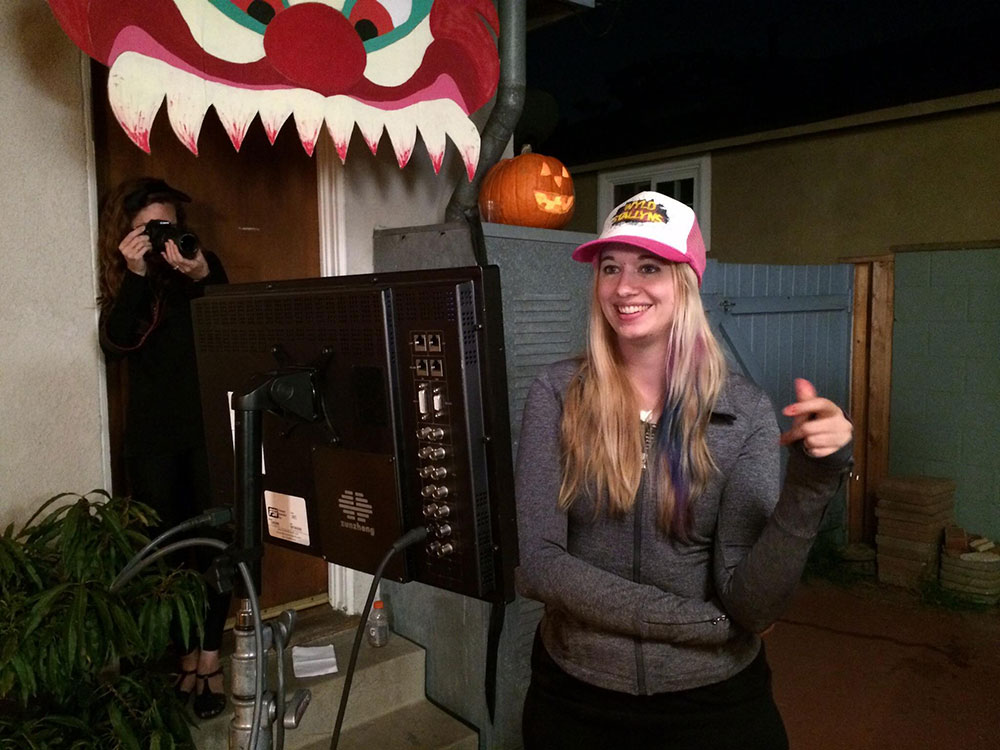

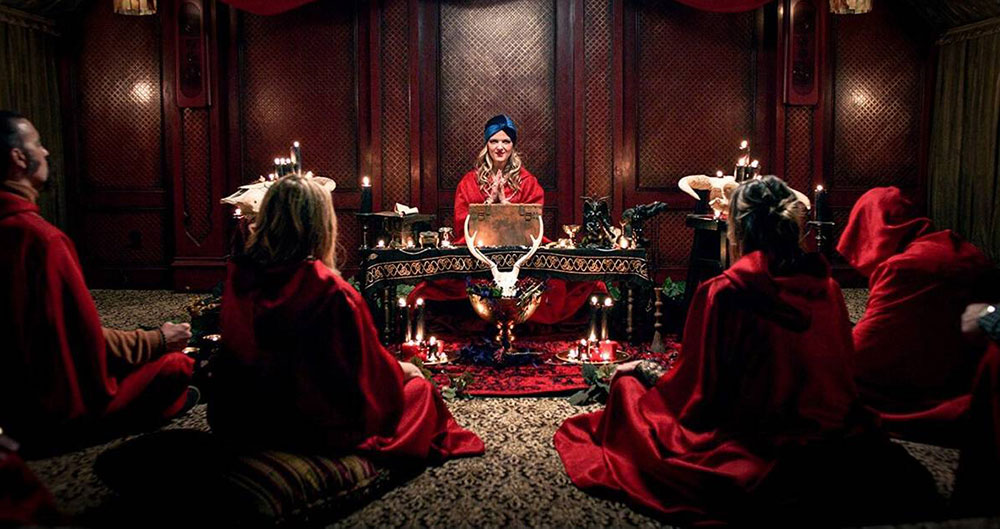



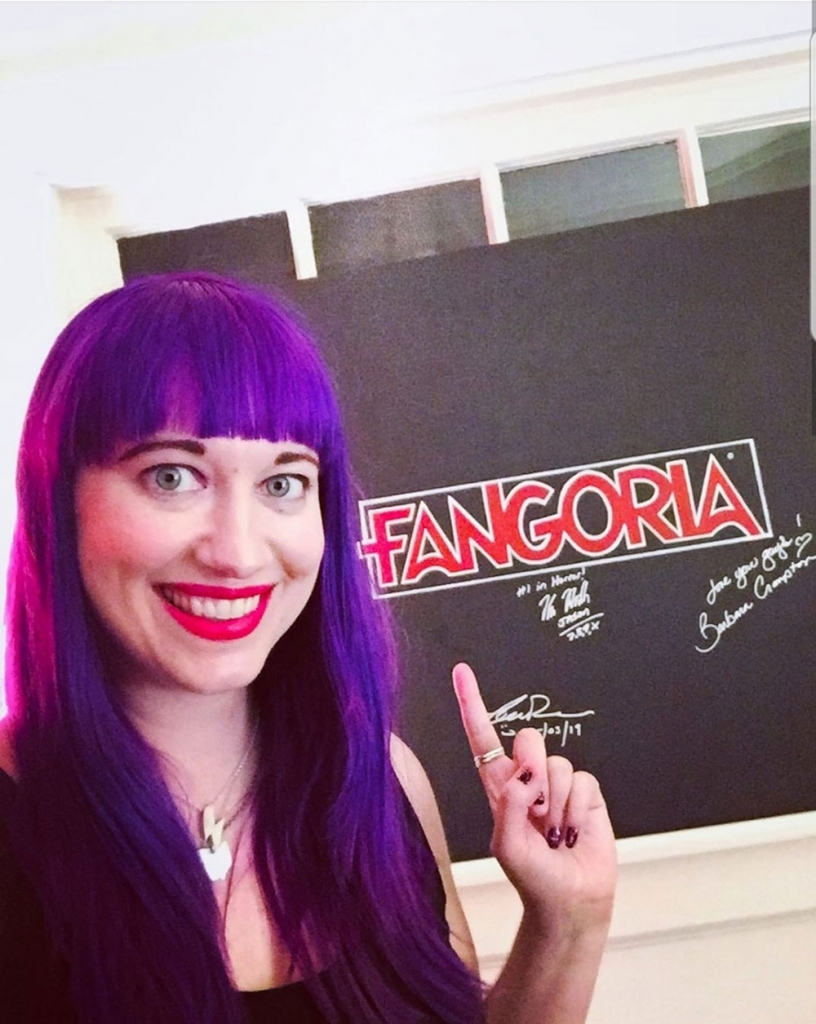

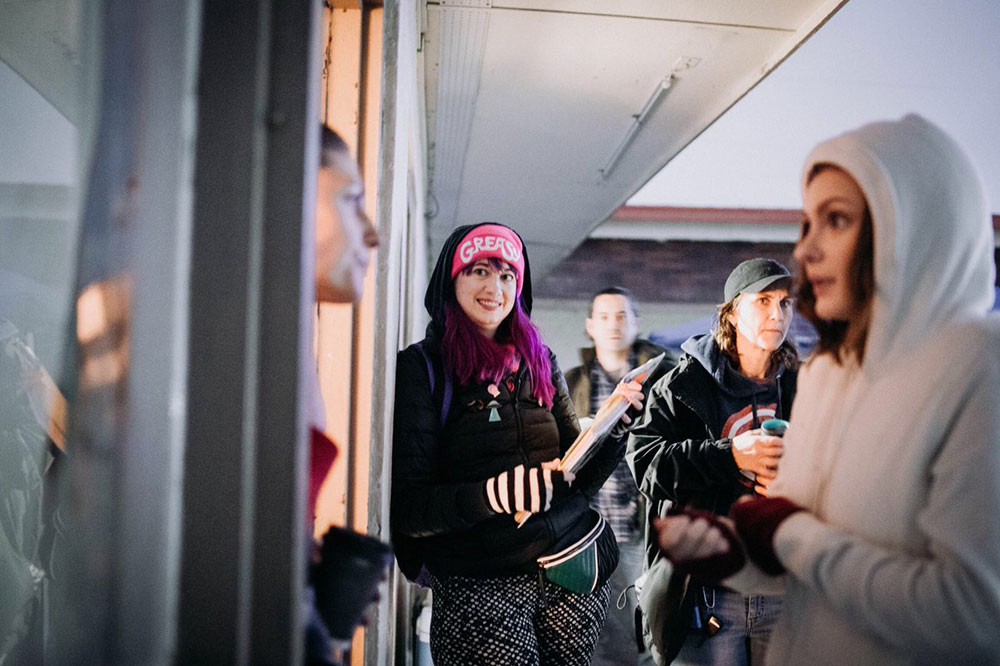
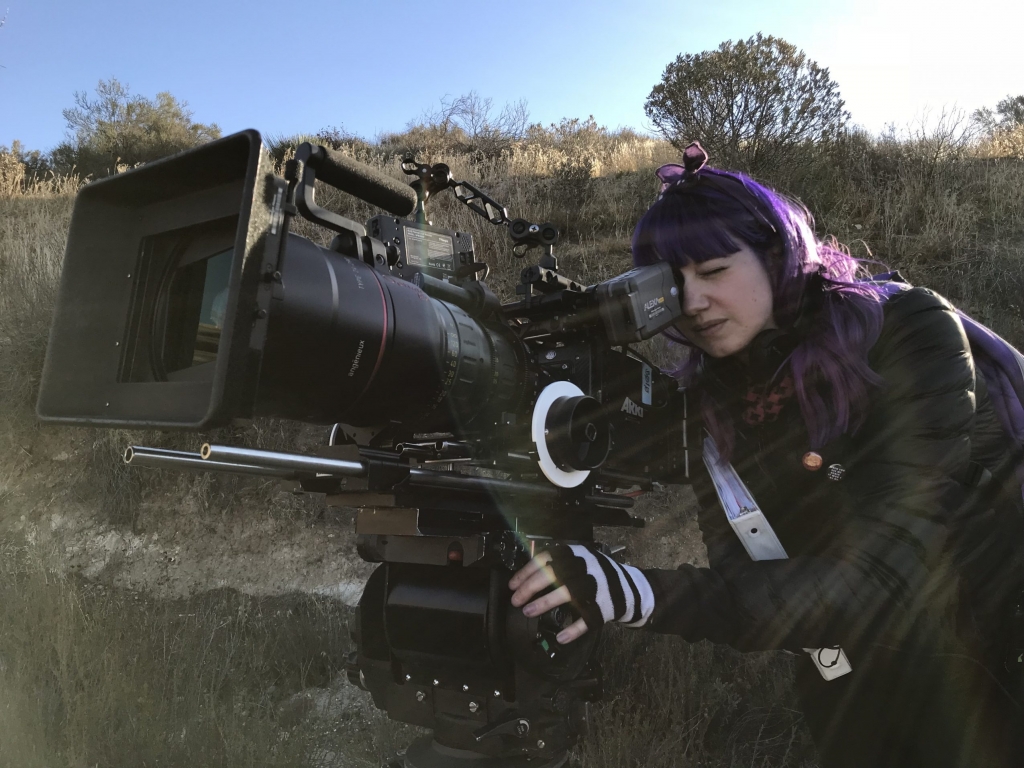

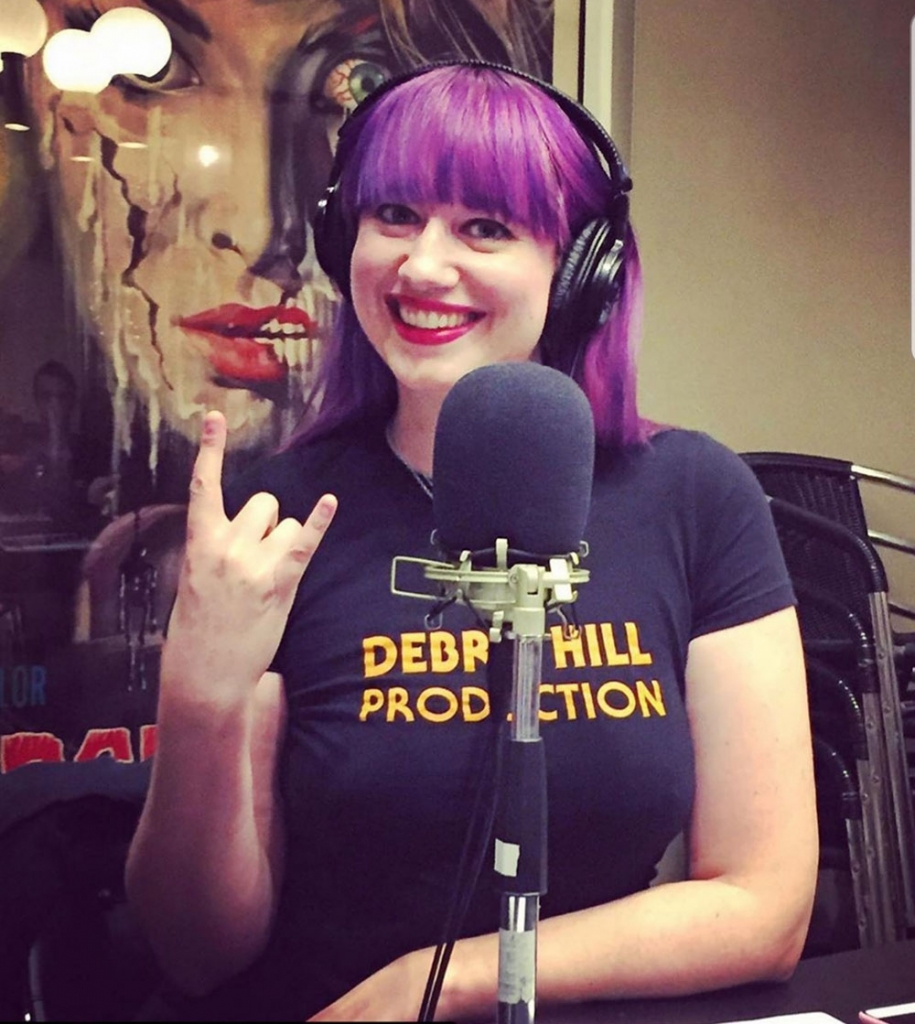
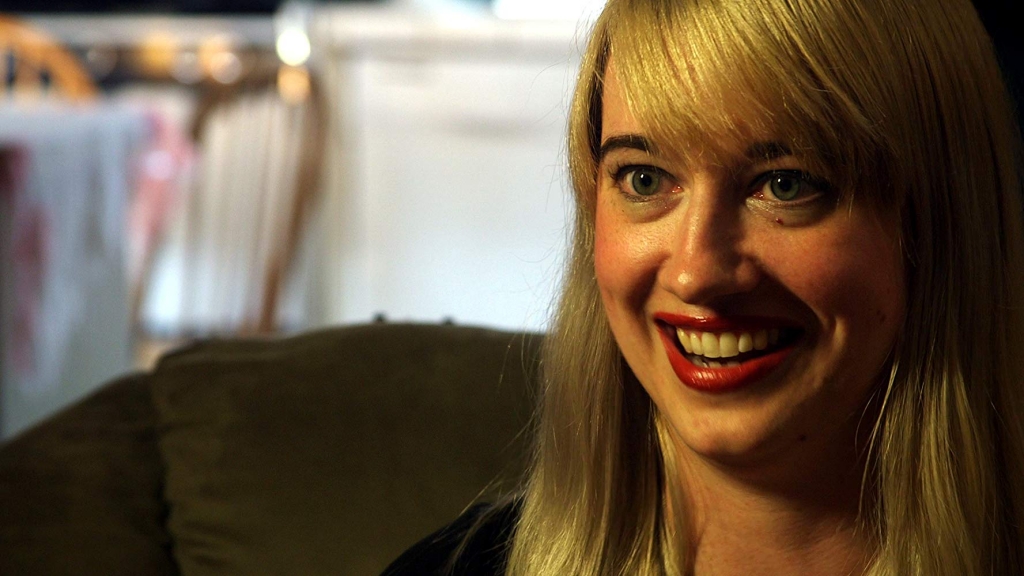
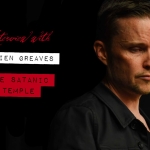
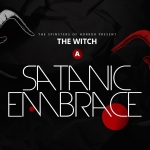
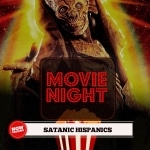
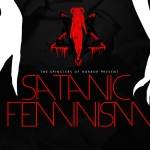





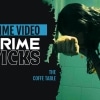


Follow Us!